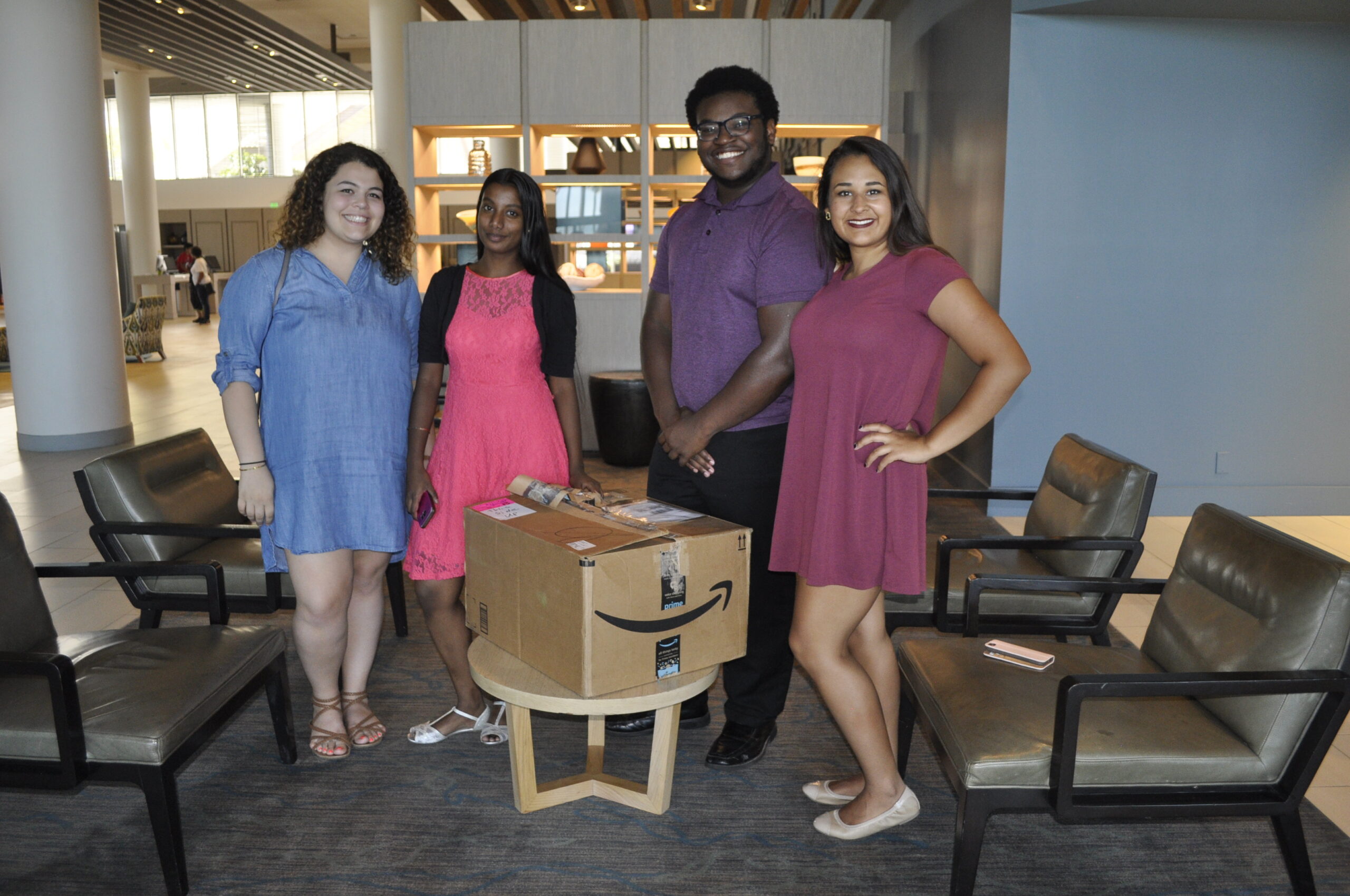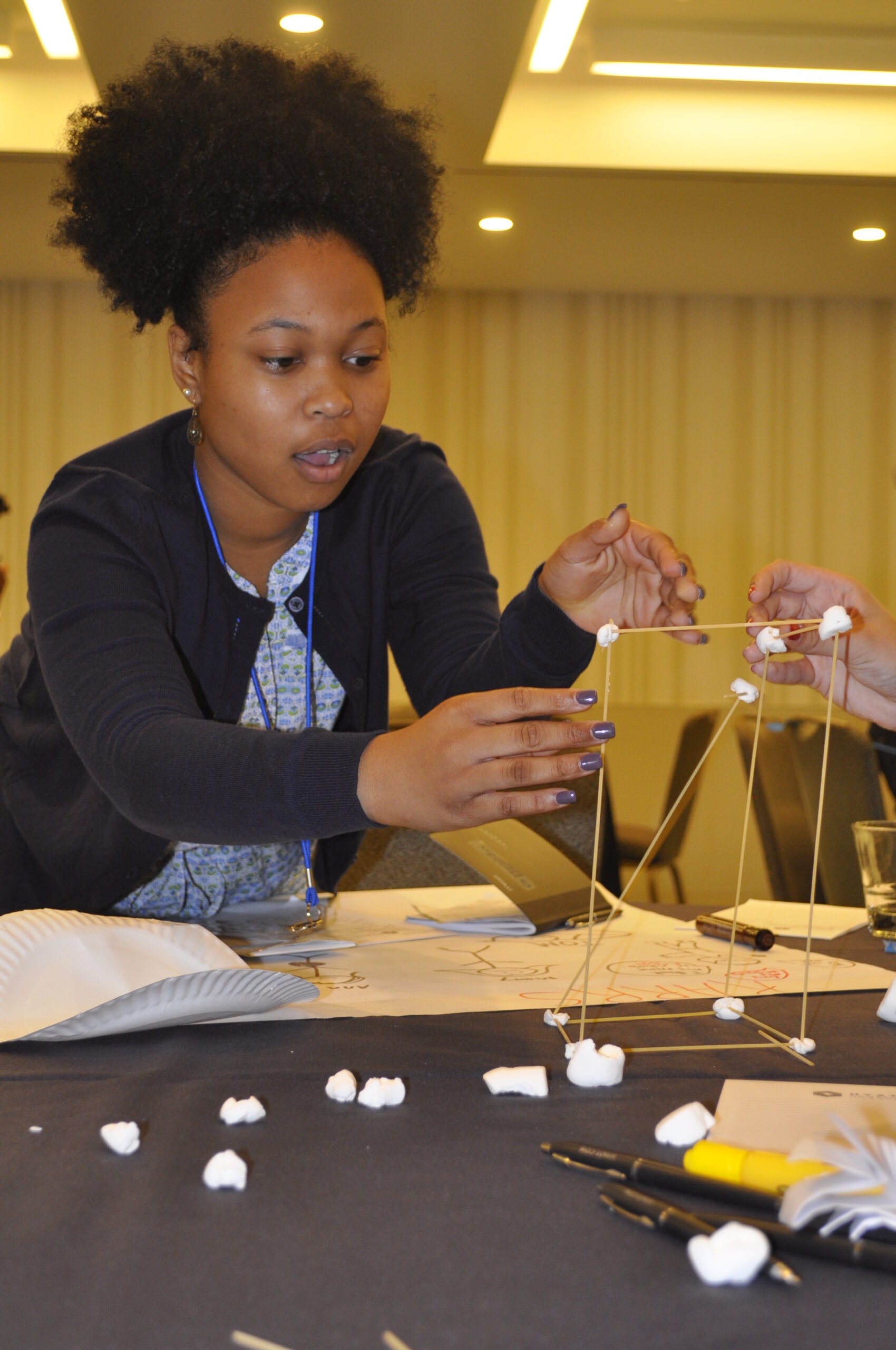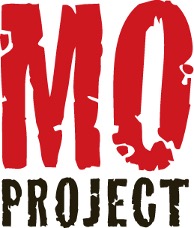





Communicating and promoting youth engagement successes can bring support from the broader community, current and future youth leaders, partner organizations, and foundations. More importantly, celebrated successes help validate youth work and encourage others to recognize the value of youth engagement.
Oftentimes, great youth work goes unnoticed until assertive allies and youth take the communications initiative. Adult allies and health center staff should consider the following platforms for sharing youth engagement efforts, while youth should be empowered to promote the school and/or community health work to broader audiences.
Youth engagement should become a part of the health center’s standard communications work. Online updates and email communications should include news about the progress of the youth program. Analog communications, such as newsletters, mid-year and year-end letters, campus newspapers and publications, and handouts should also mention the youth work at the site.
Youth can support this by developing communications pieces. Adult allies should ask for written and creative updates from the youth team and include them in health center communications. Including this work as part of youth engagement program can also build skills for youth who participate.
Social networking sites, like Facebook, Twitter, and Instagram, are useful platforms for sharing brief messages, photos, videos, and related media. Young people and adults should use these interfaces to draw attention to upcoming events and past successes.
Another way to publicize youth accomplishments is through the media. Many of the things the youth program does each year are likely “newsworthy.” Reach out to the media about an open house, community meeting, or the launch of a new initiative.

In California, CANFIT, which stands for Communities, Adolescents, Nutrition and Fitness, is reaching youth statewide through the MO Project Healthy Youth Leaders Model. This interactive training program allows teens to use media as an advocacy platform to promote healthy eating and physical activity changes in their community. Communicating and promoting youth engagement successes can bring support from the broader community, present and future youth advocates, partner organizations, and foundations. More importantly, celebrated and showcased successes help validate youth work and encourage others to recognize the value of meaningful youth engagement.
During a one-day convening, teens from across the state of California work collaboratively with adult allies to both learn health education material as well as create original media that showcases their knowledge within the community. CANFIT’s MO Project provides local leaders, community members, and teens alike, with strategies for changing policies and turning their neighborhoods into healthy places.
The training typically includes four interactive sessions – Advocacy, Spoken Word, Filmmaking, and Youth Engagement, but sessions can be tailored to fit the needs of your community. The overarching goal is to engage youth in fun yet meaningful ways that together, build a healthier community. To date, the MO Project has successfully engaged over 500 youth and disseminated numerous media initiatives. One of the most successful initiatives is an online media contest that invites youth to interact with the program’s message of youth deserving MO! “MO Good Food! MO Safe Places to Play! MO Opportunity!” Teens submit an original media presentation, either a video, poster or spoken word, that speaks to what they would like to see more of in their community. With funding from the California Endowment and Kaiser Permanente, winners of the contest receive fun prizes as well as the satisfaction of contributing to the health of their community.
MO Project youth videos and other media demonstrations have been showcased in many California news media outlets and have even reached state and local representatives. MO Project participants have seen success both through the growth of their own skills as well as their ability to shape funding and laws.